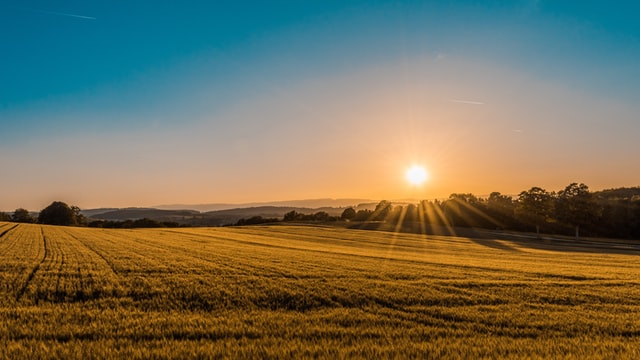Definition | States | In Sqft | Area | What is 1 Bigha? |
In addition to internationally recognised measurement systems, the bigha is one of the regionally standardised systems of measurement still widely used in India.
In this article, You will learn more about land measurements regionally used, such as 1 bigha.
What is the Definition of 1 Bigha?
In India, the ancient property measurement unit known as a bigha is used to determine the size of highly vast landholdings. Due to the lack of standard measurement for 1 bigha, the phrase can refer to many land areas in diverse locations.

States Where Bigha is Used
Northern Indian states frequently employ the term “bigha.” Assam, Bihar, Gujarat, Haryana, Himachal Pradesh, Jharkhand, Punjab, Rajasthan, Madhya Pradesh, Uttarakhand, Uttar Pradesh, Chhattisgarh, and West Bengal all use 1 bigha as an area measuring standard. In contrast, since there is no widely agreed size associated with this unit, the term “bigha” refers to a parcel of land with a unique dimension in each province. As a result, the term bigha has come to indicate various geographical characteristics.
International Accpetance:
In addition, it is utilised in Bangladesh, Nepal, and Fiji, which are nearby nations. A bigha is a unit of measurement used worldwide to determine the extent of vast stretches of land.
How many Sqft does a bigha occupy?
The size of a 1 bigha varies according to its location. The square foot is India’s most widely accepted unit of land measurement. We will use it in the following table to give you a clearer sense of how significant one bigha is.
| States | 1 Bigha in Sqft |
| Assam | 14,400 |
| Bihar | 27,220 |
| Gujarat | 17,424 |
| Haryana | 27,225 |
| Himachal Pradesh | 8,712 |
| Jharkhand | 27,211 |
| Madhya Pradesh | 12,000 |
| Punjab | 9,070 |
| Rajasthan | 27,255 |
| UP | 27,000 |
Land Area Measurements in India:
In India, the various states measure the size of their distinct land parcels using multiple units. North India utilizes the one bigha, kattha, biswa, marla, and Kanal, while South Indian states like Andhra Pradesh land use the cent, ankannam, ground, and guntha.
In the eastern region of India, where states such as West Bengal and Assam are located, the Kattha, Chatak, Dhur, and Lecha are the most frequent land measurement units. Units such as the Bigha, Biswa, and Biswansi are frequently used in western Indian regions such as Rajasthan and Gujarat.
What is explicitly Bigha?
In the northern and eastern regions of India, the name “bigha” refers to both a traditional and a classic unit of land measurement. Because this is not a standard unit, its value constantly fluctuates from location to location.
It is frequently used in the northern regions of India, Nepal, and Bangladesh, as well as in crucial migration areas. It is interesting to observe that none of these locales agreed on how these terms should be interpreted.
Farmers in northern India use it most frequently to measure agricultural fields before selling or purchasing them. Regional brokers will only accept Kanal units if the farmer desires to sell his agricultural property in Bigha units.
The change from Bigha to Kanal is necessary.
The following is a list of the different ways Bigha’s values may change over time:
In the states of Himachal Pradesh and Uttarakhand, one bigha is equivalent to 968 square yards.
Whereas in Bihar, Haryana, Uttar Pradesh, Punjab, and a few other North Indian states. One Pucca Bigha equals 3025 square yards.
Also, in certain parts of Haryana, Uttar Pradesh, and Punjab, one Kachha Bigha is equivalent to 1008.33 square yards.
One Kuchha Bigha is equivalent to one Pucca Bigha, one-third of one Pucca Bigha.
In specific locations of Bihar and Rajasthan, one Pucca Bigha corresponds to 3025 square yards.
In other parts of Gujarat and Rajasthan, one bigha equals 1936 square yards.
Biswa and Kattha are the names of Bigha’s constituent components. Furthermore, these units do not have an expected value.
In the country’s eastern half, Kattha is spoken, although Biswa is more prevalent in the northern part.
